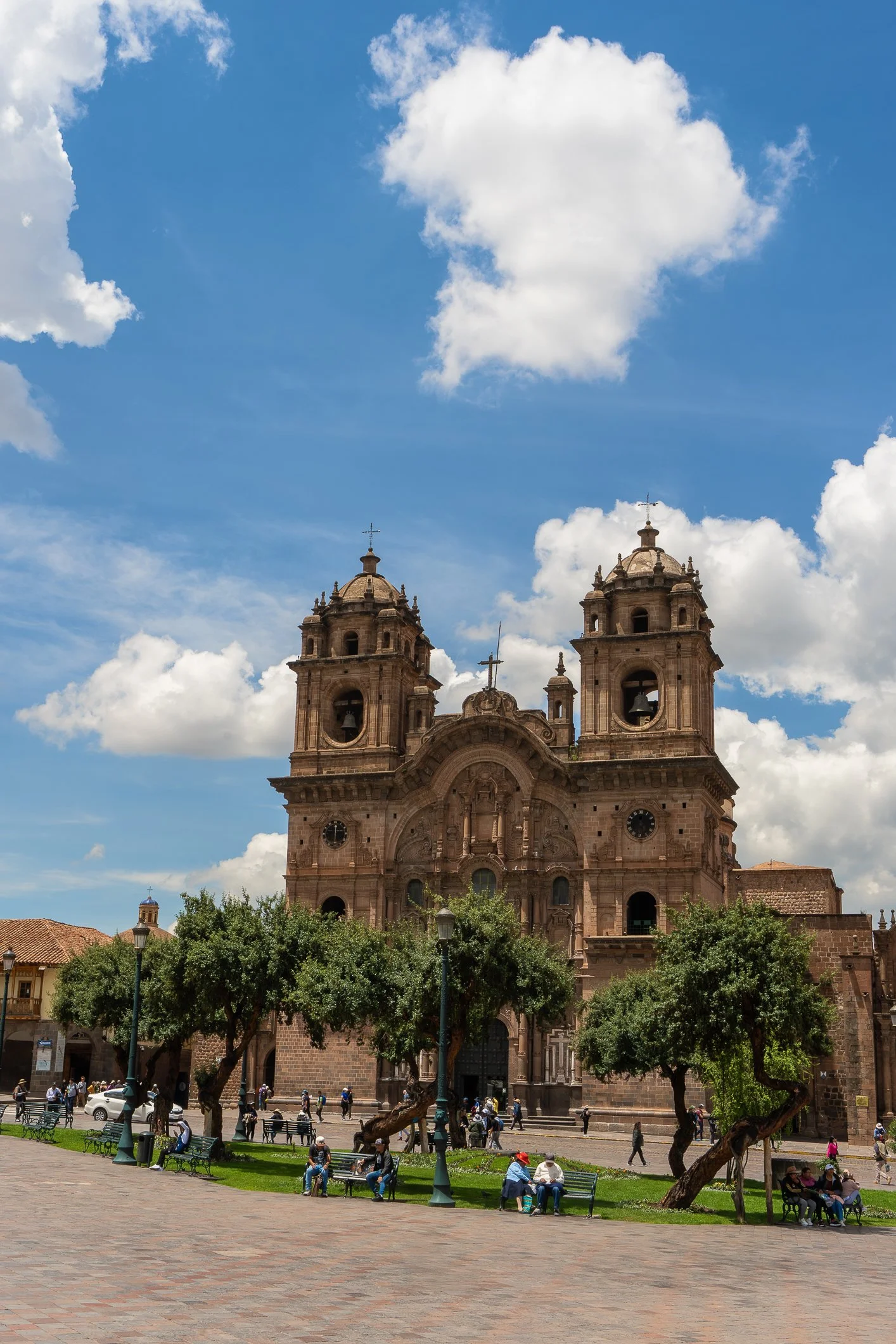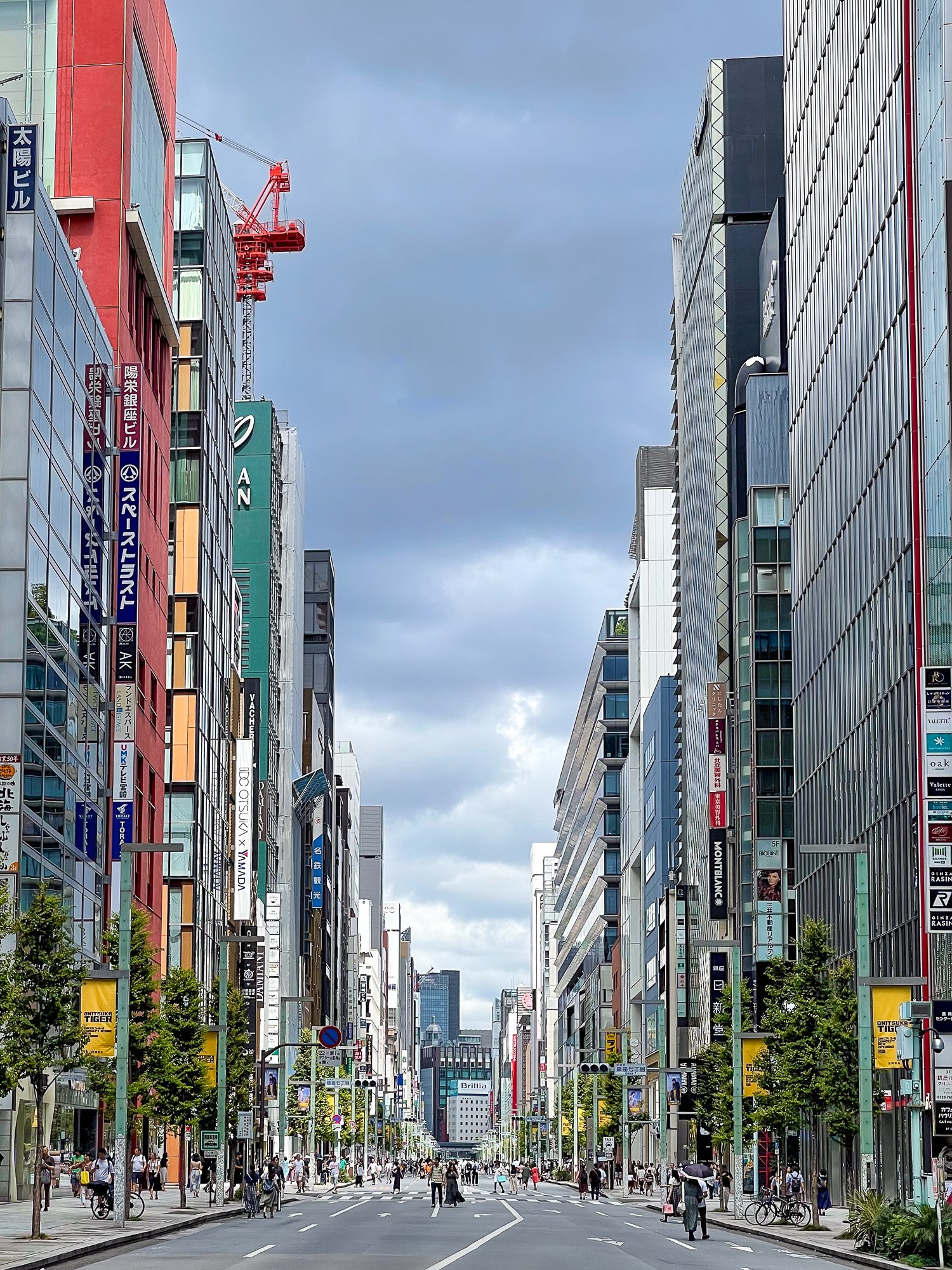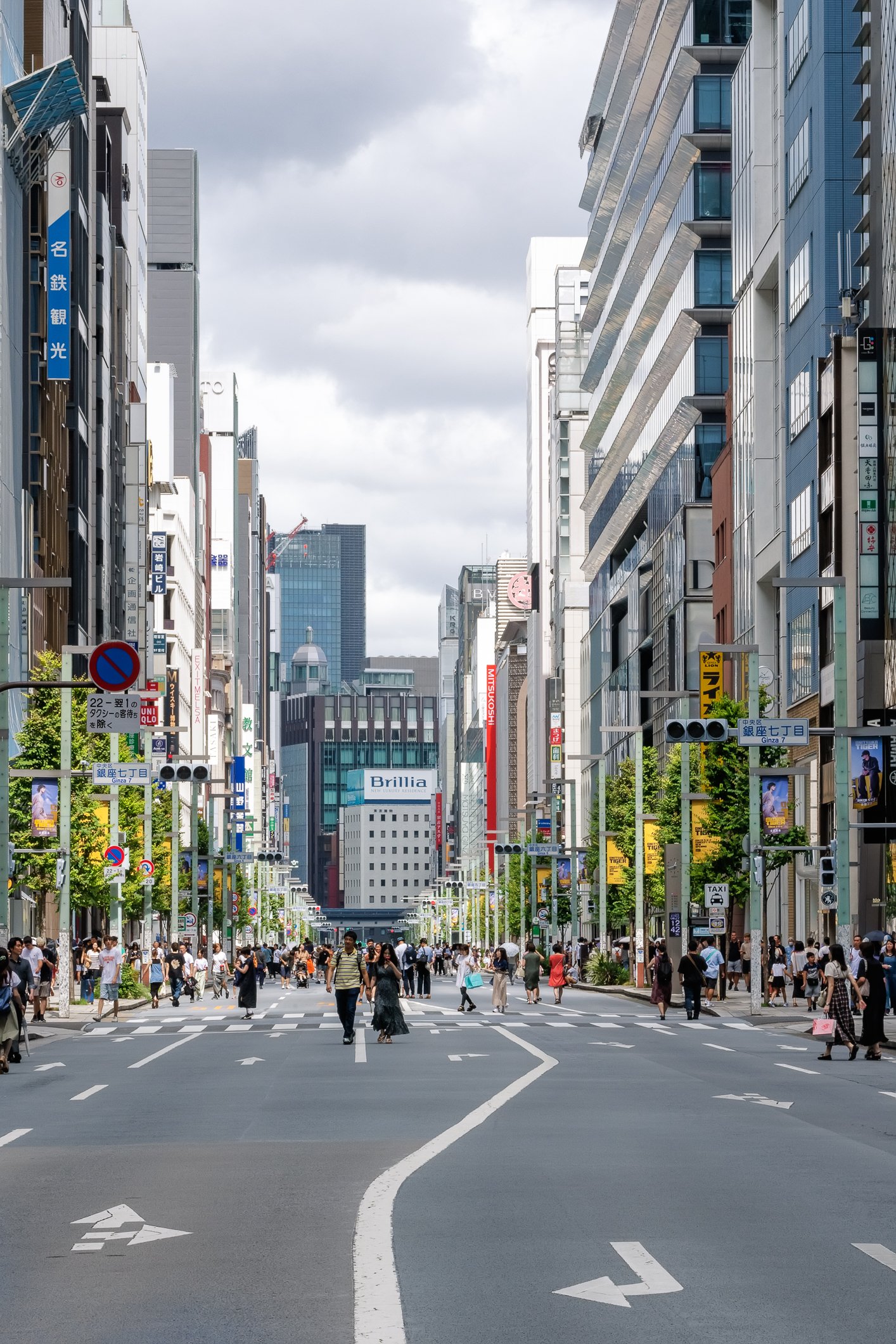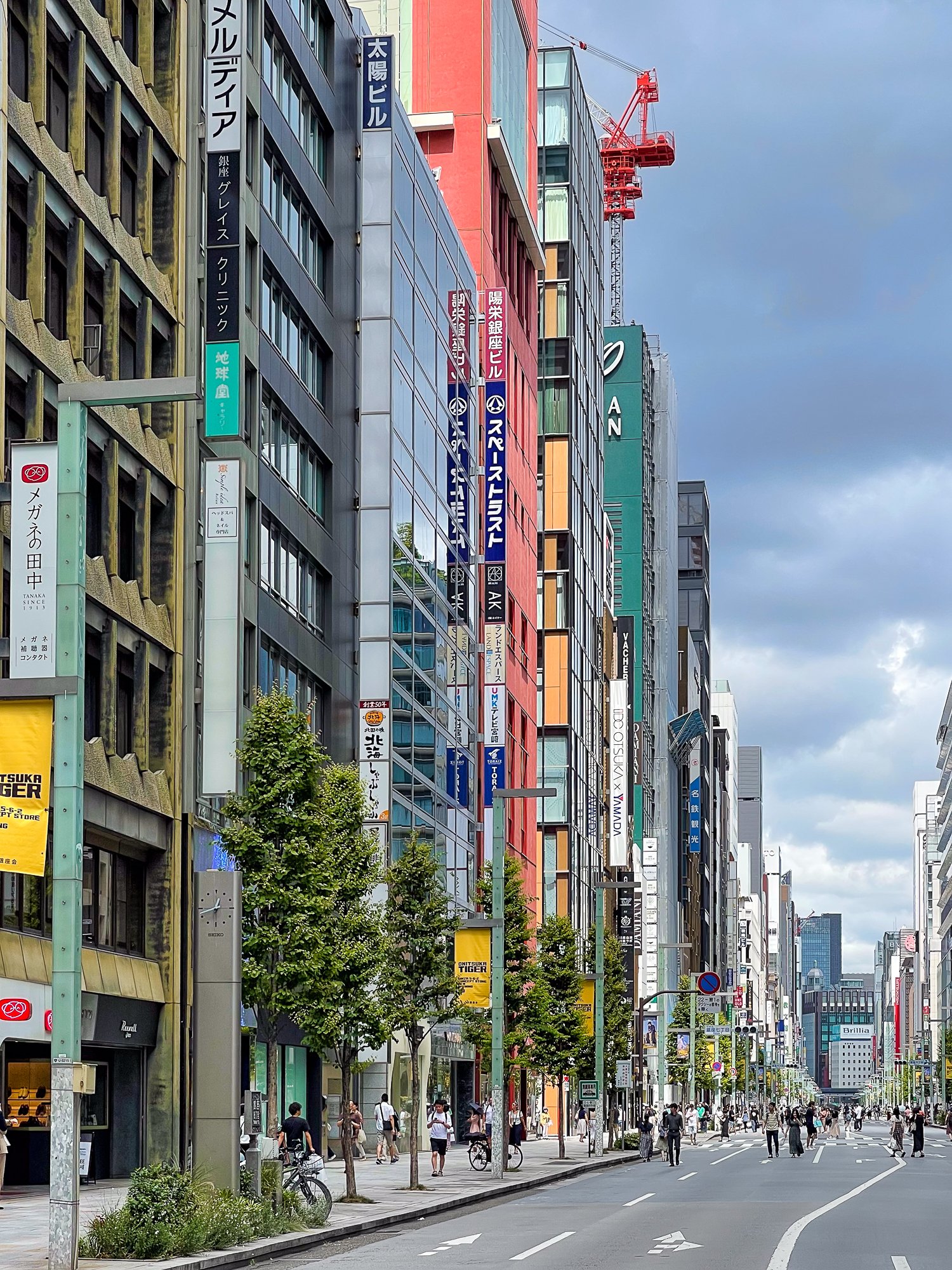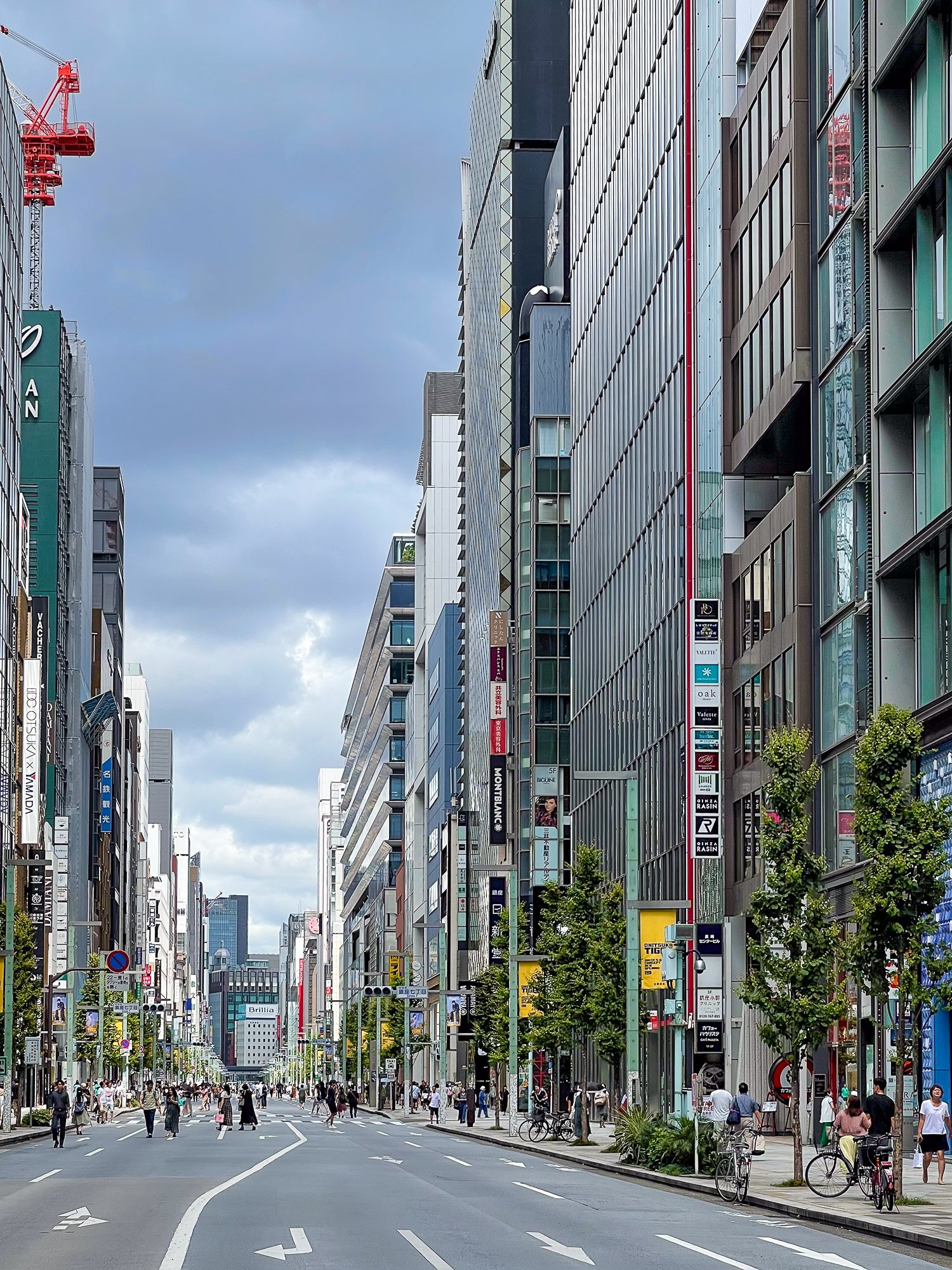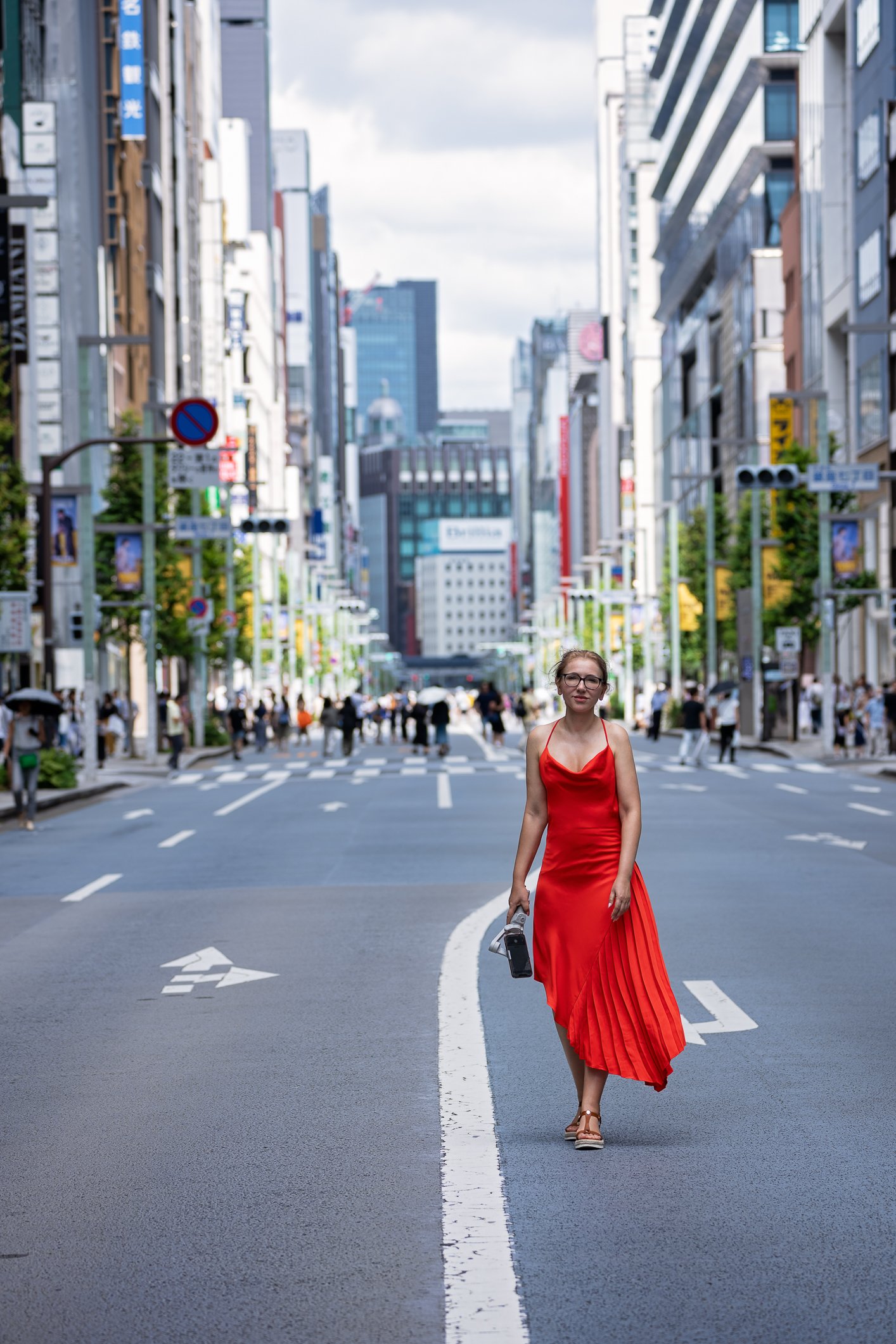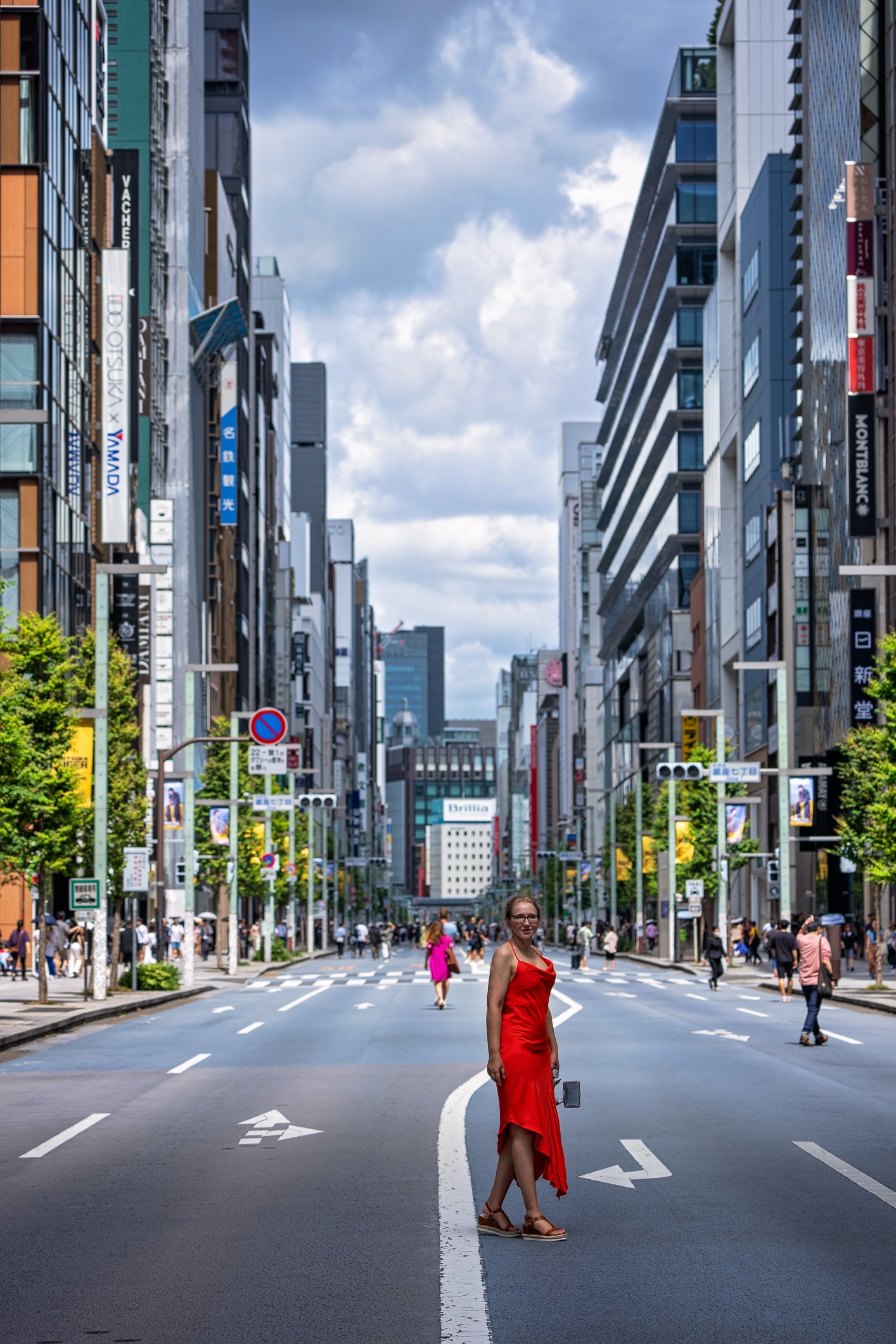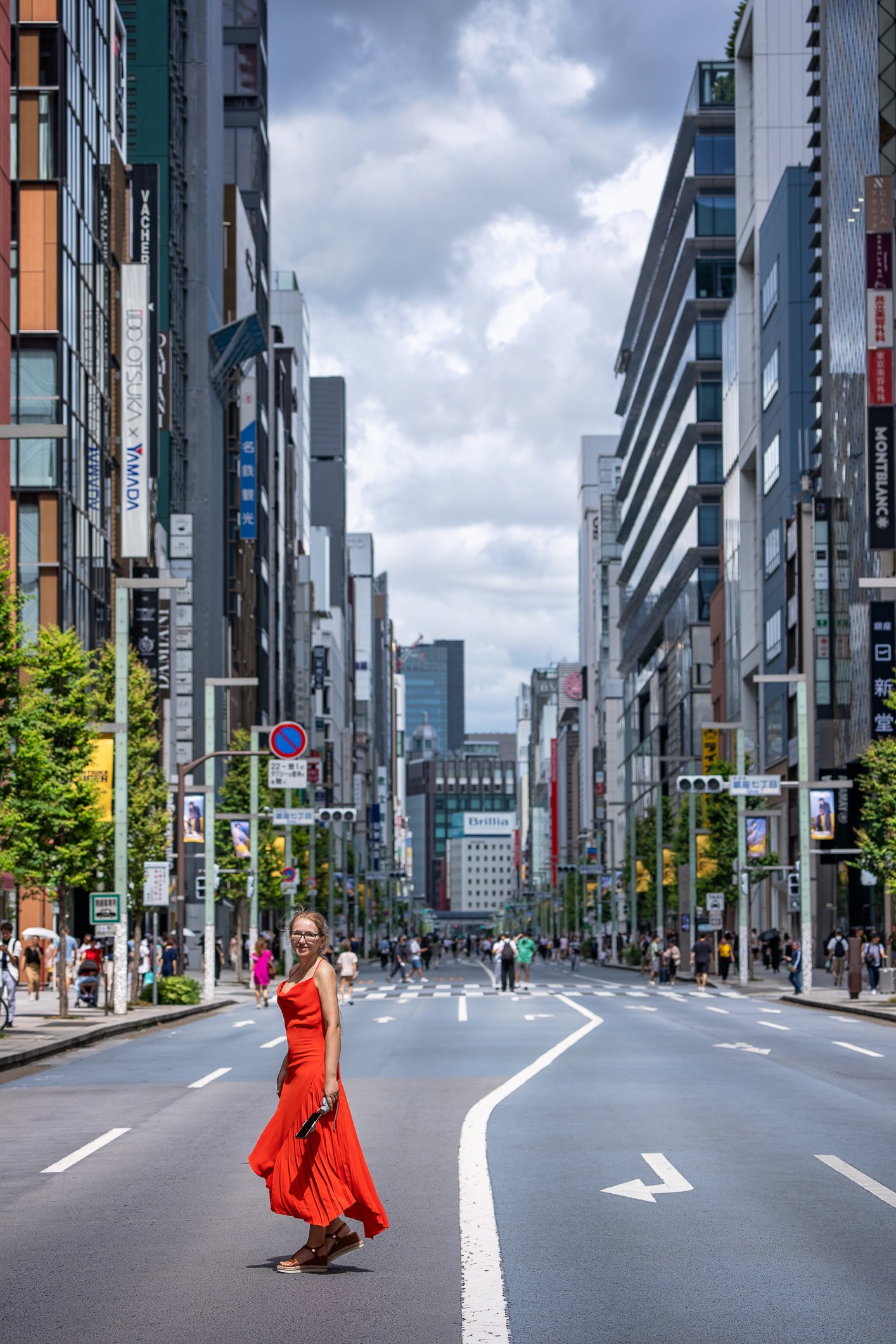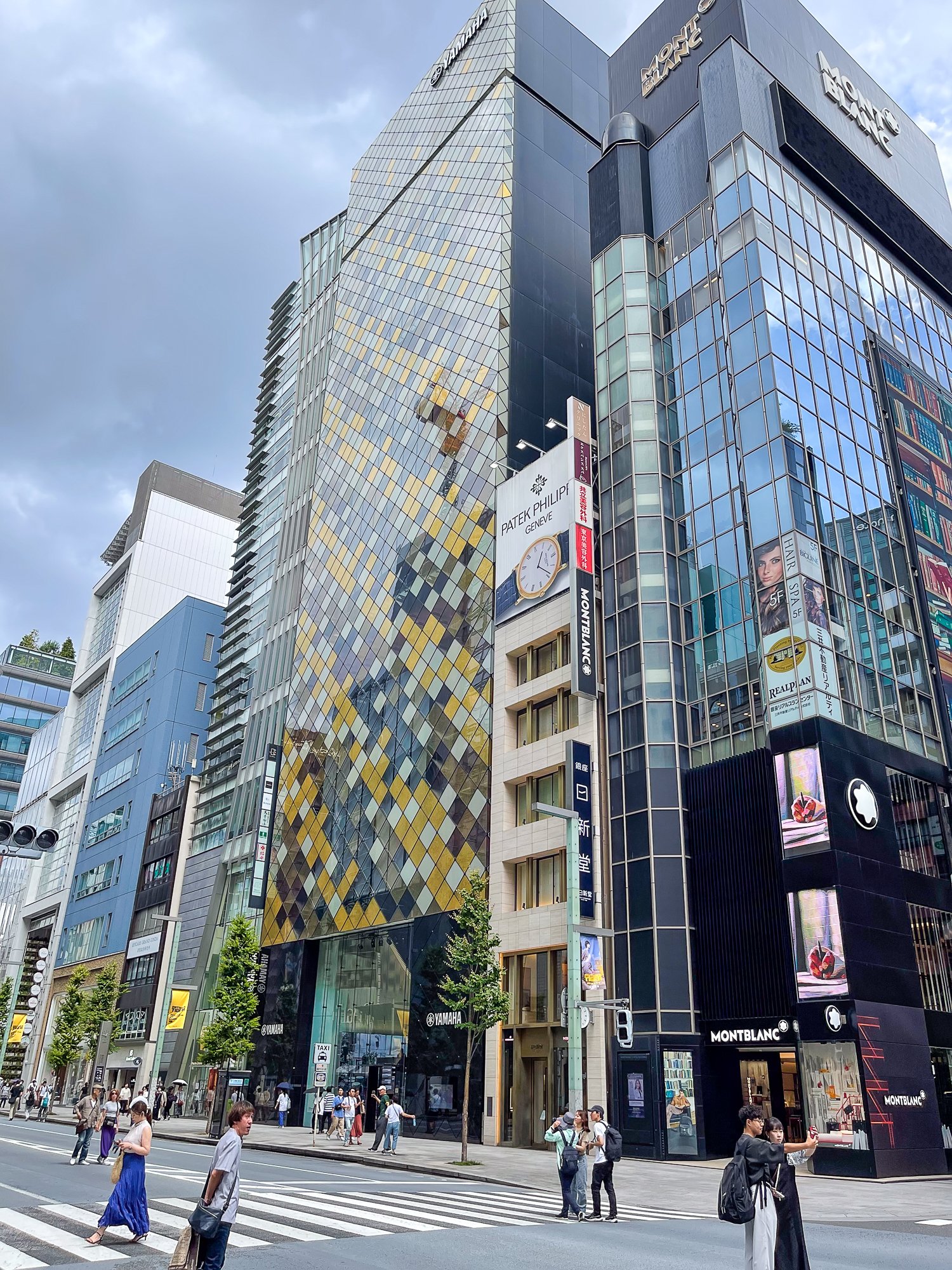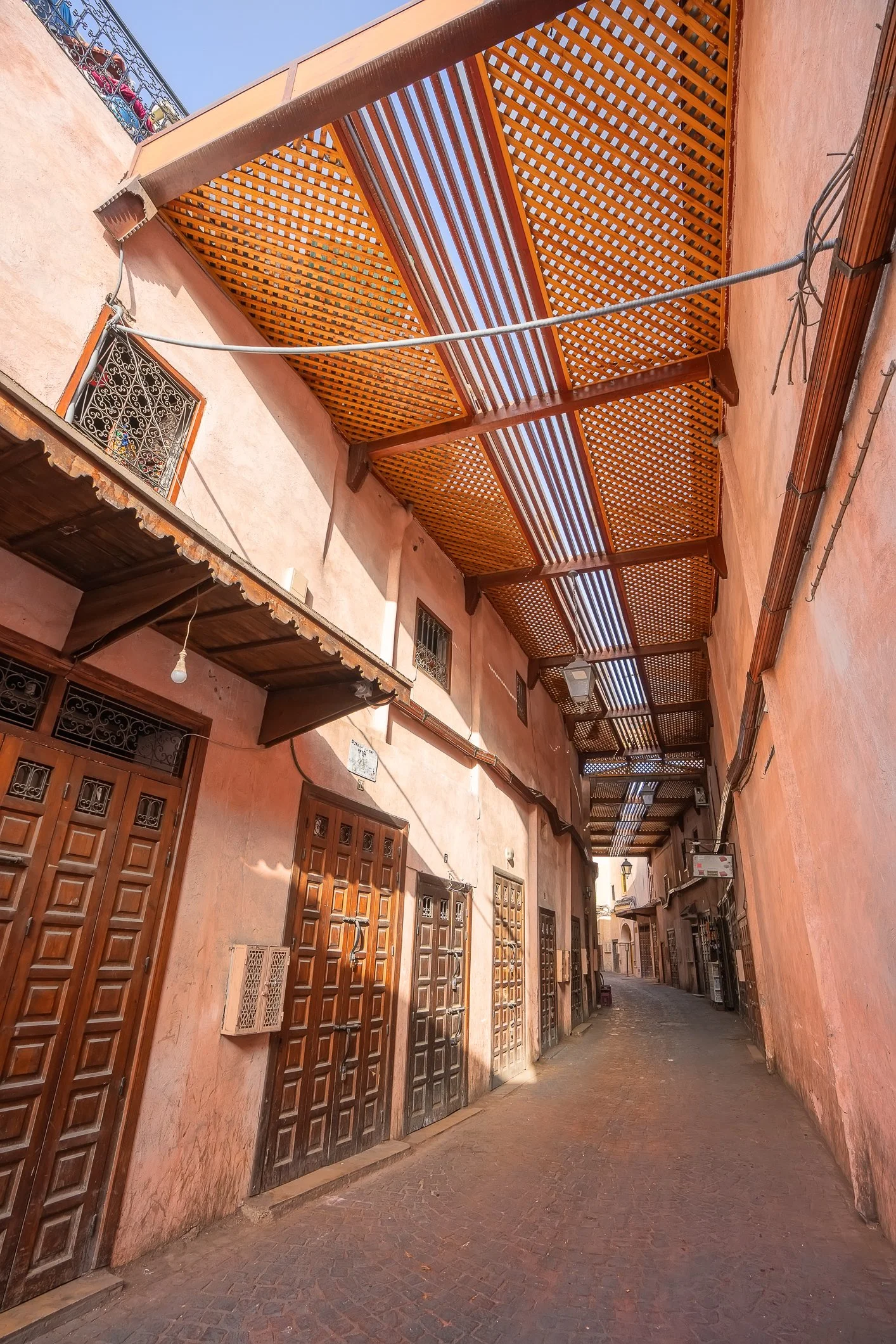Today, we rose before the sun. We were up, dressed and out at 5 a.m. when the city still held its breath. Plaza de Armas, usually buzzing with life, was pleasantly quiet in the early light.
We walked through and around the square, watching as morning unfolded. Slowly, the sky began to lighten up. The first rays of sun kissed the wooden balconies of the Portal de Panes, turning them golden. Colours sharpened, shadows stretched, and the city began to stir.
Shops lifted their shutters and opened, one by one. Locals are passing through with quiet purpose. Tourists trickle in with cameras slung over their shoulders, a few at a time, bringing the plaza gently back to life.
It is time for breakfast.
Wstaliśmy dzisiaj przed wschodem słońca, o piątej rano byliśmy już po prysznicu, ubrani i gotowi do wyjścia. Miasto jeszcze spało, kiedy ruszyliśmy na obchód Plaza de Armas, żeby zobaczyć je w porannym świetle. Plac, który zazwyczaj tętni życiem, o tej porze był niemal pusty. Cicho, spokojnie, jakby na chwilę czas się zatrzymał.
Spacerowaliśmy bez pośpiechu, chłonąc spokój wczesnego poranka. Kiedy wreszcie pierwsze promienie słońca dotknęły drewnianych balkonów Portal de Panes, wszystko wokół nabrało ciepłych barw, a kolory stały się bardziej nasycone, żywe.
Powoli sklepy zaczęły podnosić rolety, jeden za drugim. Na placu pojawiają się pierwsi przechodnie — najpierw mieszkańcy, potem turyści. Plac zaczyna budzić się do życia.
Pora to więc na śniadanie.























